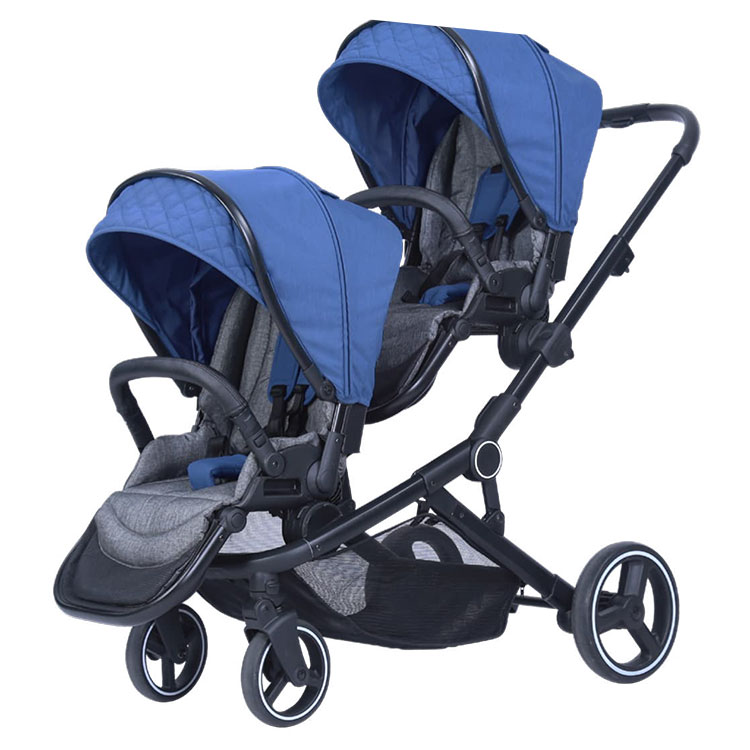Key aspects to consider when it comes to baby strollers
2023-10-17
Baby strollers, often simply referred to as "strollers" or "baby prams," are essential tools for parents and caregivers to transport infants and young children comfortably and safely. They come in various designs and features to cater to different needs and preferences. Here are some key aspects to consider when it comes to baby strollers:
1. Types of Strollers:
- Standard Strollers: These are traditional strollers suitable for everyday use. They typically have multiple recline positions, storage compartments, and can accommodate infants as well as toddlers.
- Travel System Strollers: These strollers are designed to work with infant car seats, making it easy to transfer a sleeping baby from the car to the stroller without disturbing them.
- Umbrella Strollers: Umbrella strollers are lightweight and foldable for easy portability. They are great for travel and quick trips.
- Jogging Strollers: Designed for active parents, jogging strollers have sturdy frames, larger wheels, and suspension systems for smoother rides during runs or outdoor activities.
- Double Strollers: These strollers are built to accommodate two children, either side-by-side or one behind the other.
- Convertible Strollers: Some strollers can convert from a single stroller to a double stroller, providing flexibility as your family grows.
2. Key Features:
- Safety Harness: Strollers typically come with a 3- or 5-point safety harness to secure the child.
- Reclining Seat: Many strollers offer multiple recline positions to adjust for your child's comfort, including a fully flat position for infants.
- Canopy: A canopy or sunshade helps protect your child from the sun and elements.
- Storage: Look for strollers with storage baskets, pockets, or trays for carrying essentials like diapers, snacks, and toys.
- Wheels and Suspension: Larger wheels with suspension systems provide a smoother ride, especially on uneven terrain.
- Brakes: Strollers typically have brakes to secure the stroller when stationary.
- Handlebars: Adjustable handlebars accommodate parents of different heights.
- Foldability: Consider how easily the stroller folds for storage and transportation.
3. Safety Considerations:
- Always follow the manufacturer's guidelines and recommendations for safety.
- Ensure that the stroller has a stable and sturdy frame.
- Check for proper locking mechanisms, especially when folding and unfolding the stroller.
- Use the safety harness correctly and ensure it's snug but not overly tight.
- Be mindful of the weight limit and age suitability of the stroller.
4. Additional Accessories:
- Stroller accessories such as rain covers, cup holders, snack trays, and stroller organizers can enhance your convenience and your child's comfort.
When choosing a baby stroller, it's important to consider your specific needs, lifestyle, and budget. Test-driving strollers in a store can be helpful to get a feel for their maneuverability and ease of use. Ultimately, the right stroller should provide a safe and comfortable ride for your child while meeting your practical requirements.



